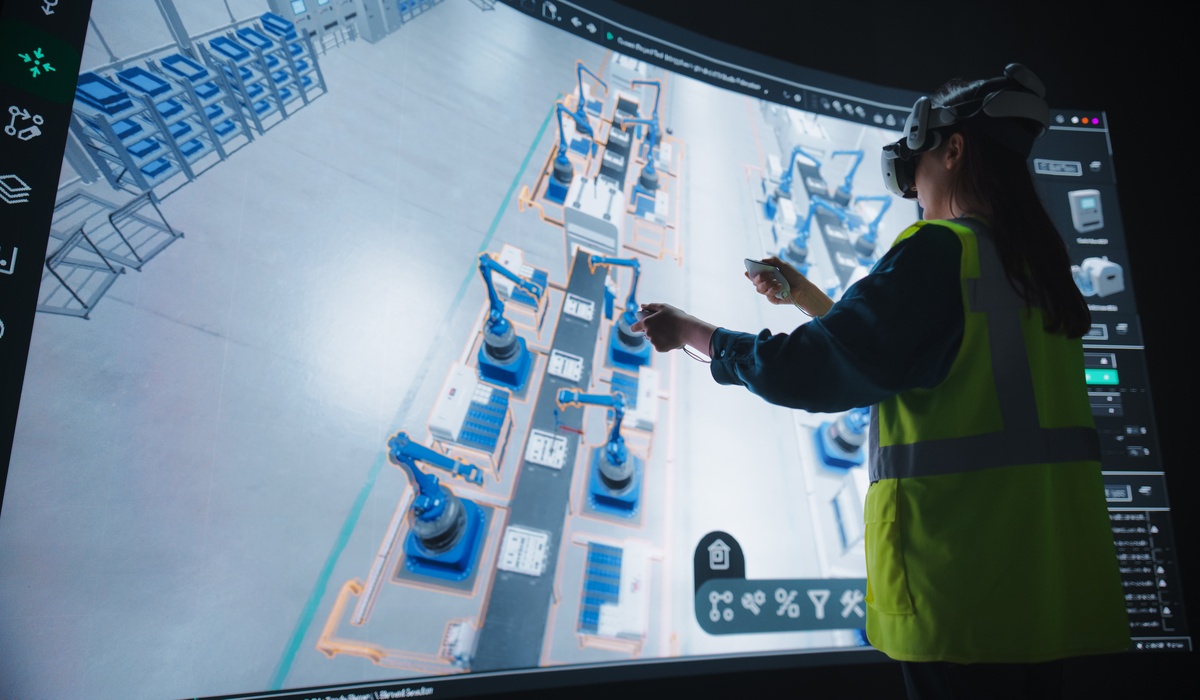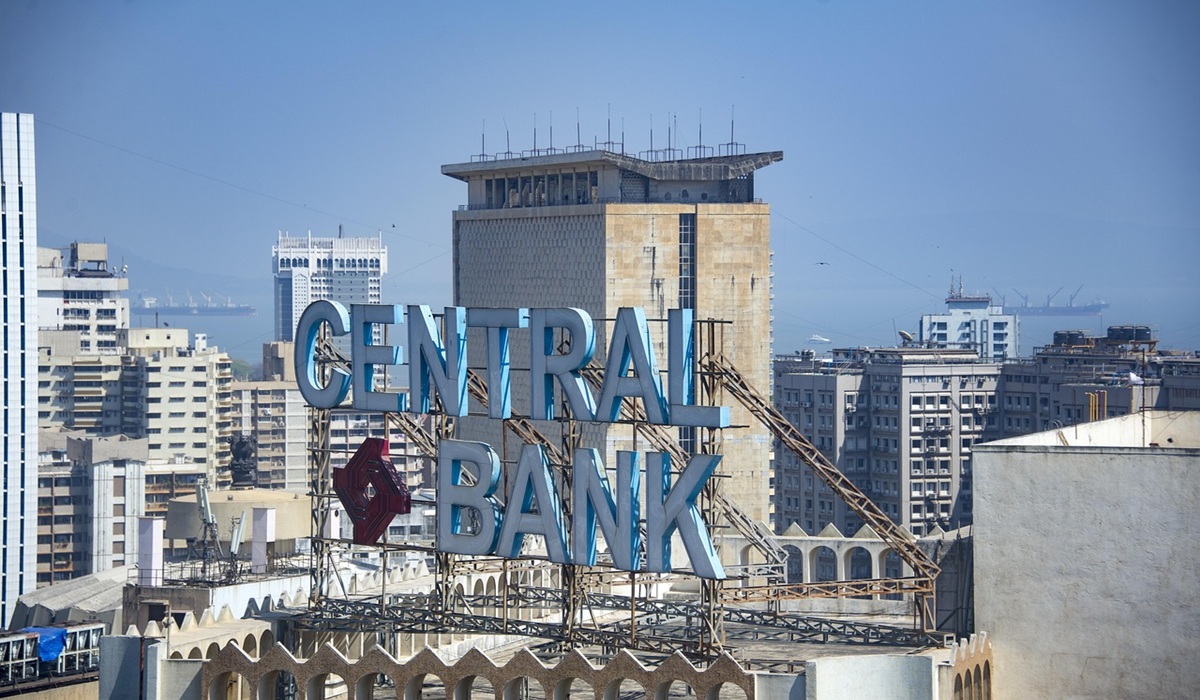Selecting the right sandblasting equipment can be the difference between a smooth, efficient project and a frustrating experience filled with delays and subpar results. Whether you’re restoring automotive parts, cleaning building facades, or preparing surfaces for painting, the tools you choose directly impact your project’s quality and timeline.
The variety of sandblasting equipment available today can overwhelm newcomers and experienced operators alike. From handheld units to industrial-grade systems, each type serves specific purposes and works best under particular conditions. Understanding these differences helps you invest in equipment that matches your needs rather than settling for tools that limit your capabilities.
Gravity-fed sandblasters represent the most basic option for light-duty work. These systems rely on gravity to feed abrasive material into the air stream, making them ideal for small projects like removing rust from hand tools or cleaning small metal components. Their simple design keeps costs low, but their limited power restricts use to minor cleaning tasks.
Meanwhile, pressure-fed systems deliver significantly more power by using compressed air to force abrasive material through the system. This design enables faster work on larger surfaces and handles tougher cleaning jobs effectively. Professional contractors often prefer these systems for their consistent performance and ability to maintain steady abrasive flow rates.
Suction-fed units occupy the middle ground between gravity and pressure systems. They draw abrasive material from a hopper using venturi action, providing more power than gravity-fed units while remaining more affordable than pressure-fed systems. These versatile machines work well for medium-sized projects and occasional heavy-duty tasks.
Your air compressor determines your sandblasting system’s performance ceiling, so you can’t ignore it. Undersized compressors create constant interruptions as they struggle to maintain adequate pressure, while oversized units waste energy and increase operating costs unnecessarily.
Most sandblasting operations require compressors producing at least 185 CFM at 90 PSI for effective results. Smaller projects might function with 100 CFM units, but productivity suffers significantly. Industrial applications often demand 375 CFM or higher to maintain consistent performance throughout extended work sessions.
Nozzle selection affects both productivity and abrasive consumption rates. Larger nozzles move more abrasive material quickly but require higher CFM ratings from your compressor. Meanwhile, smaller nozzles conserve air while providing precise control for detailed work.
Ceramic nozzles last longer than steel alternatives when working with aggressive abrasives like aluminum oxide or steel grit. Tungsten carbide nozzles offer the longest service life but cost significantly more upfront.
Understanding mistakes to avoid when sandblasting prevents costly purchasing decisions. Many operators underestimate their air requirements and buy compressors that cannot sustain their chosen sandblasting systems effectively. This mismatch creates frustrating work conditions and reduces productivity substantially.
Budget for complete systems rather than individual components. A well-matched compressor, sandblasting unit, and accessories work together efficiently, while mismatched components create bottlenecks that limit overall performance regardless of individual component quality.
The perfect sandblasting setup balances performance capabilities with practical considerations like budget, portability, and maintenance requirements. Take time to research specific models within your chosen categories, read user reviews, and consult with equipment dealers who understand your industry’s unique demands. This thorough approach ensures your investment delivers reliable performance for years of successful projects.









